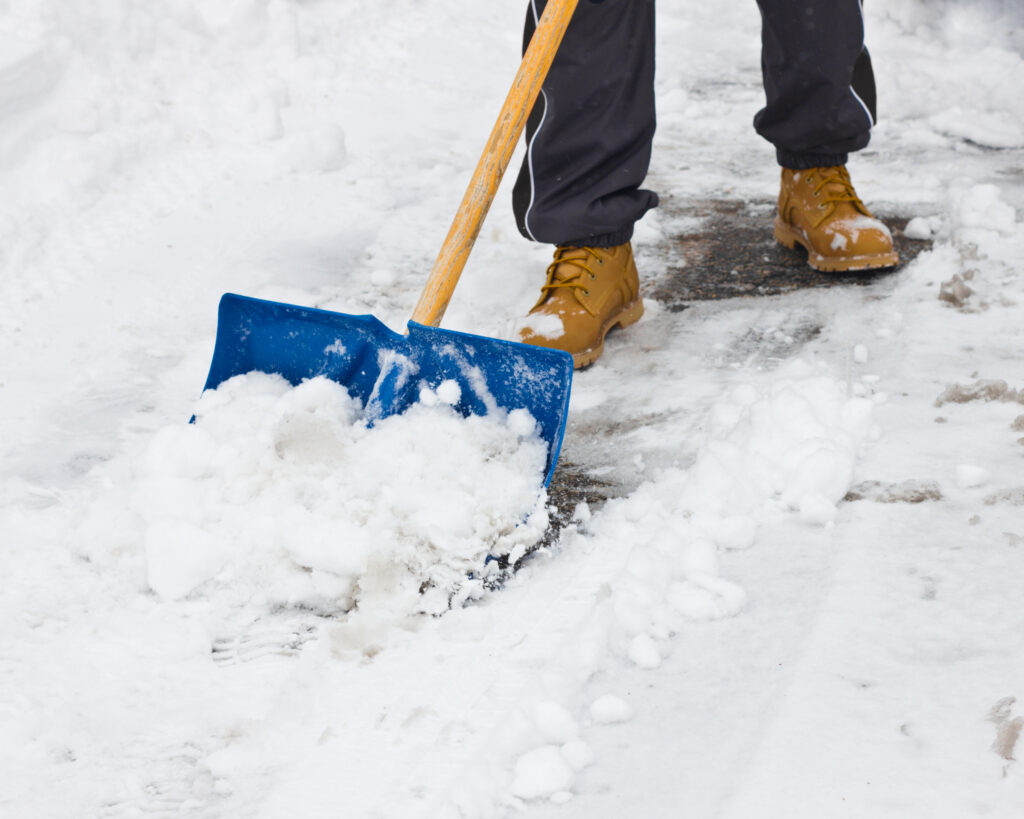Winter brings a picturesque blanket of snow, but it also comes with certain responsibilities, especially for homeowners and occupants. A critical yet often overlooked duty is clearing the snow from the sidewalks in front of one’s residence. Failing to do so can lead to a range of consequences, from financial penalties to legal liabilities.

Understanding the Legal Obligations
As a homeowner or occupant, whether of a house or an apartment, it is your legal obligation to ensure that the sidewalk in front of your property is free from snow and ice. This responsibility is not just about maintaining a clean and safe path for pedestrians; it’s a legal requirement that, if neglected, can have significant repercussions.
Facing Fines for Negligence
One of the immediate risks of not clearing your sidewalk is the possibility of incurring a fine. In some cases, fines can reach up to 350 euros. While it’s true that fines are not commonly imposed for this offense, it’s important not to be complacent. The threat of a fine serves as a reminder of the seriousness with which local authorities regard this responsibility.
The Risk of Liability for Accidents
More critical than the risk of a fine is the potential legal liability if someone were to slip and fall on your uncleared sidewalk. In such cases, the injured party could argue that your failure to clear the snow constitutes negligence. Consequently, you could be held liable for any damages they suffer, such as medical expenses, disability, or damage to personal items like clothing and watches.
Insurance Coverage and Limitations
Typically, if someone claims to have sustained an injury due to a fall on your snowy sidewalk, your family insurance policy would cover the incident. However, it’s crucial to be aware that you may still be responsible for a deductible. Furthermore, relying solely on insurance isn’t a foolproof strategy. If it’s determined that you were grossly negligent, there might be limitations to the coverage, leaving you exposed to significant financial burdens.
Proactive Measures for Homeowners
The best course of action is to be proactive about snow removal. Regularly checking the weather forecast during the winter months and having the necessary tools on hand, such as a sturdy shovel and environmentally friendly ice melt, can help you stay prepared. In addition to clearing snow, it’s also important to address any icy patches that could pose a slipping hazard.
Community Engagement and Assistance
In many communities, neighbors help each other with snow removal, especially when it comes to assisting the elderly or those physically unable to clear their sidewalks. Participating in such communal efforts not only ensures compliance with local regulations but also fosters a sense of community spirit and cooperation.
Conclusion
Clearing snow from sidewalks is more than a courtesy; it’s a legal obligation with potential financial and legal implications. By understanding these risks and taking proactive measures to ensure your sidewalks are safe, you protect yourself, your neighbors, and passersby from the hazards of winter. It’s a small but significant step toward creating a safer and more responsible community during the snowy season.

 Open Immovlan
Open Immovlan